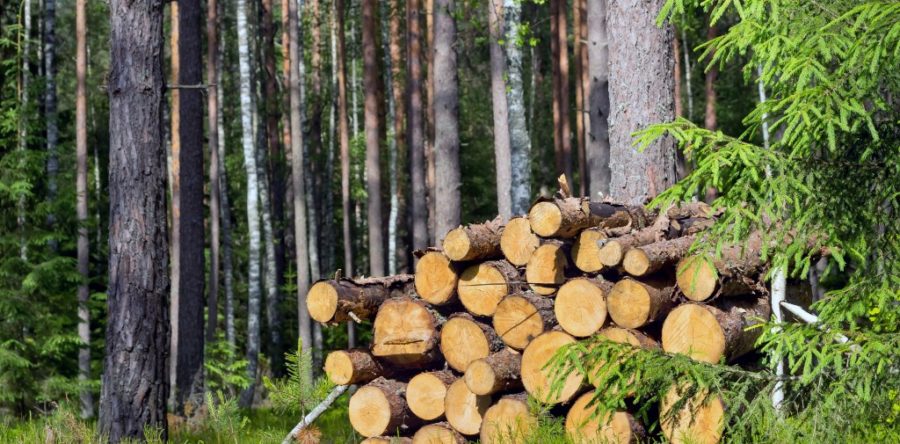Did you know that wood-burning stoves provide environmentally friendly heating? Today’s wood-burning stoves are very different from the models used by your grandparents. Indeed, the Environmental Protection Agency (EPA) new design standards have prompted remarkably eco-friendly modern wood stoves not to mention that wood is greener fuel.
Sustainable & Renewable Fuel
Unlike natural gas, oil or coal, wood is a renewable and sustainable resource. There are more than 700 million acres of forests in the United States alone. Due to regulations that have been set and enforced by the U.S. Forest Service, timber harvesting practices have transformed over the last decade. The number of trees in the U.S. is now greater than it was a century ago because wood harvesters have to plant more trees than they cut down. Many “old growth” forests are preserved. Timber harvesting practices no longer contribute to deforestation. The U.S. Forest Service ensures that wood harvesting is now sustainable. Across the border, Canadians have set stricter and more restrictive logging industry rules as well.
The timber industry is not the only source for this renewable resource. One of the benefits of a wood-burning stove is that you can collect your own firewood by gathering fallen branches or removing dead trees. Just be sure to ask permission if you harvest firewood from someone else’s property. You can also contact local recycling facilities. Remember that sourcing your firewood locally will help to decrease the amount of pollution emitted during transportation.
Low Emissions & Little Smoke
You will be amazed by how little smoke and pollution is created by contemporary wood-burning stoves. Designers of technology in the 1980s were challenged by the higher standards set by the EPA. They came up with innovative designs for wood-burning stoves that increased their energy efficiency and reduced their environmental impact. Modern wood stoves burn hotter and cleaner than their predecessors. EPA certified stoves manufactured by partners of the We Love Fire Network surpass the clean-burning appliance standards set by the EPA.
Modern wood-burning stoves are able to produce so little smoke and emissions because they have been designed to burn at higher temperatures. The combustion gases and ash are no longer released in the atmosphere as they are now bet burnt by the fire. Modern wood-burning stoves release only to 4.5 grams of smoke per hour in contrast to the 40+ grams that older fireplaces and stoves produce. The efficiency rating of modern wood-burning stoves can be as high as 80% meaning that one log produces 4 times more heat than it would in an old-fashioned fireplace.
Carbon Neutral & Climate Change
When you use your clean-burning wood stove you can feel good about your carbon footprint and greenhouse emissions. Carbon dioxide (CO2) is believed to contribute to global warming. It is known as a greenhouse gas. Fossil fuels like coal, petroleum, and natural gas have been storing up carbon for hundreds or even thousands of years while they were formed. They release a large amount of CO2 into the atmosphere when they are burned. Wood gives off the same amount of CO2 when it burns in your stoves as it would by decaying in your backyard. For this reason, wood is considered a “carbon neutral” fuel by the Carbon Trust.
Less Expensive
Wood-burning stoves offer a green and economical heating system. Heating your home with wood is significantly less expensive than relying on electricity, oil, natural gas or coal. Zone heating can cut down your energy costs by 20% to 40%.
For more information about zone heating, please follow our blog. An article on this topic will be published over the next months. Do you have any questions?




0 Responses